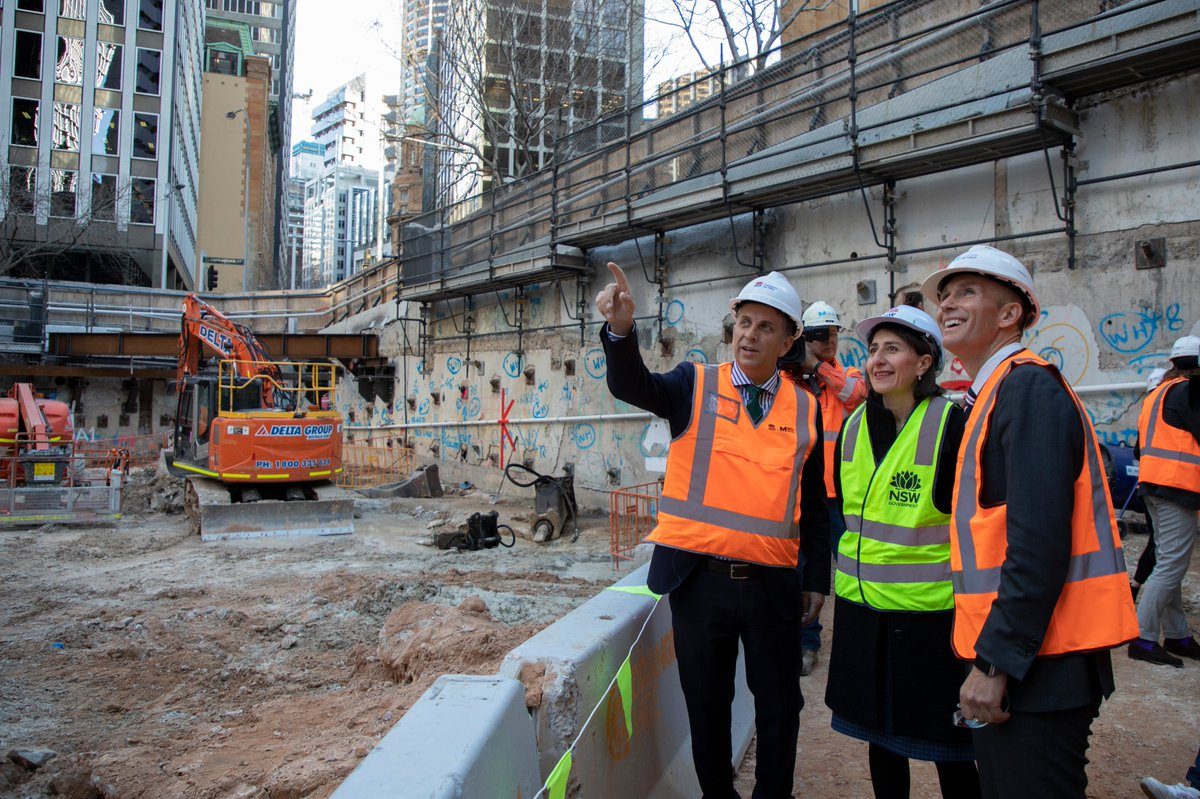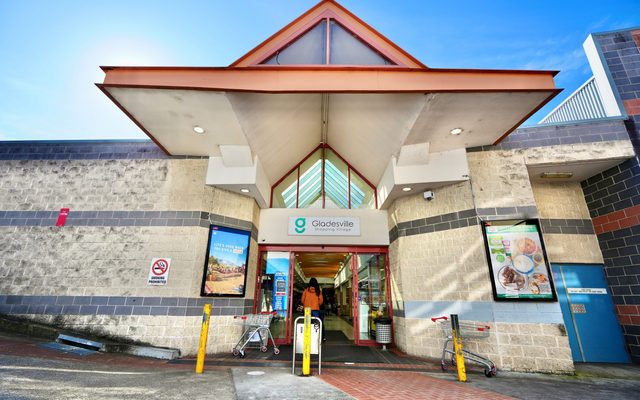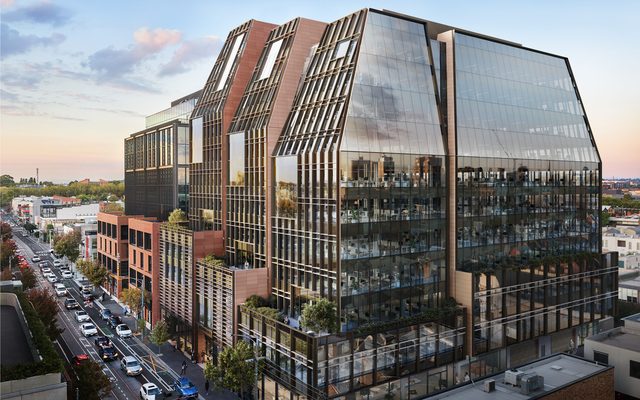This article is from the Australian Property Journal archive
THE NSW government will implement a raft of planning and tax reforms including a minimum 50% discount on land tax and exemption on foreign investor surcharges, to spur build to rent developments. At the same time, it has called on the Morrison government to change the managed investment trusts (MITs) regime to allow more global players to invest in the emerging asset class.
Treasurer Dominic Perrottet and Minister for Planning and Public Spaces Rob Stokes has finalised changes to planning and tax policies.
“We’ve levelled the playing field so build-to-rent developments will see similar overall amounts of State tax as comparable build-to-sell developments,” Treasurer Perrottet said.
“To encourage more build-to-rent housing there will be a discount equivalent to at least a 50% reduction on land tax and an exemption from foreign investor surcharges for eligible build-to-rent developments until 2040.
“We’re leading the way in Australia when it comes to build-to-rent housing, making it easier for more people to have access to housing that suits their needs.
“We would welcome support from the Federal Government to supplement these vital reforms through their own policies,” he added.
Minister Stokes said it was crucial to remove barriers and allow the build-to-rent market to grow, supporting jobs and ensuring more people had access to a variety of housing options.
“As our housing system evolves to better meet the needs of NSW households and families, it’s critical our planning system is responsive and flexible to new development models.
“For too long our housing market has ridden the boom and bust cycle, and build-to-rent housing can offer longer term certainty for renters and investors alike,”
“These changes are a critical step in our plan to simplify the planning system to support investment and growth in the wake of the pandemic.” Stokes said.
To be eligible for the tax concessions, a build-to-rent property must meet criteria set out in legislation and in the NSW Treasurer’s Guidelines, which can be downloaded by clicking on this link.
As part of the guidelines, eligible build-to-rent properties must offer tenants a range of lease term choices, including a genuine option to enter into a fixed term lease of at least three years.
Eligibility criteria for the tax concessions include that a property has at least 50 dwellings used specifically for the purposes of build-to-rent, is held under unified ownership and is not subdivided in the first 15 years of receiving the concessions.
The guidelines will support the Chief Commissioner of State Revenue in determining eligible build-to-rent developments.
The build-to-rent planning changes are effective immediately and will be included in the new consolidated Housing State Environmental Planning Policy (SEPP), which will be finalised in the coming months.
NSW is the latest jurisdiction to offer incentives for build to rent developments, including for foreign investors.
It comes as international investors are increasingly showing greater appetite for the asset class in Australia with global investment manager Greystar Real Estate Partners raising $1.3 billion from European investors to development build to rent housing in Australia.
Greystar and its partners plan to deliver over 5,000 new homes and have already commenced on two projects to deliver 1,300 rental properties.
Eight weeks ago Canadian giant Oxford Properties also announced its first project, a $450 million Melbourne development in Footscray after the Victorian government announced it would slash land tax by 50% for build to rent.
In Queensland the asset is also gathering pace with build to rent forming part of the government’s $1.8 billion Queensland Housing Strategy, which aims to deliver 1,034 new affordable homes and 4,522 new social homes across the state.
According to a report by Allens and Urbis, the asset class could contribute $2.9 billion each year to the construction sector.
Last week listed property group Mirvac revealed its intention to develop more build to rent housing after its first property, LIV Indigo, was strongly embraced. The group’s portfolio is growing with five sites with an estimated end value of $1.6 billion.
But it is not just local and offshore property groups interested in the sector, Australia’s superannuation funds are also keen with $125 billion First State Super saying it would like to invest in Australian build to rent housing, but said in August last year current tax policies are a barrier and preventing this new asset class from growing.
“Build-to-rent is popular overseas in countries like the Unites States, but is still in its early stages in Australia. As a major investor in affordable housing First State Super wants to expand our investments in this sector and see the barriers removed to make way for the market to grow,” chief investment officer Damian Graham said.




